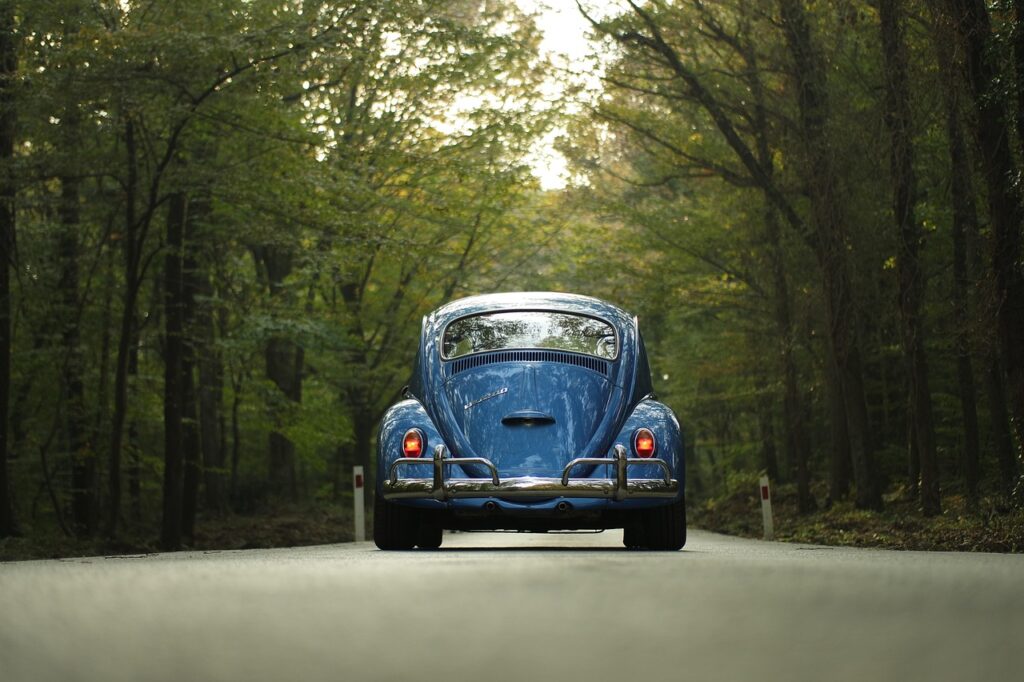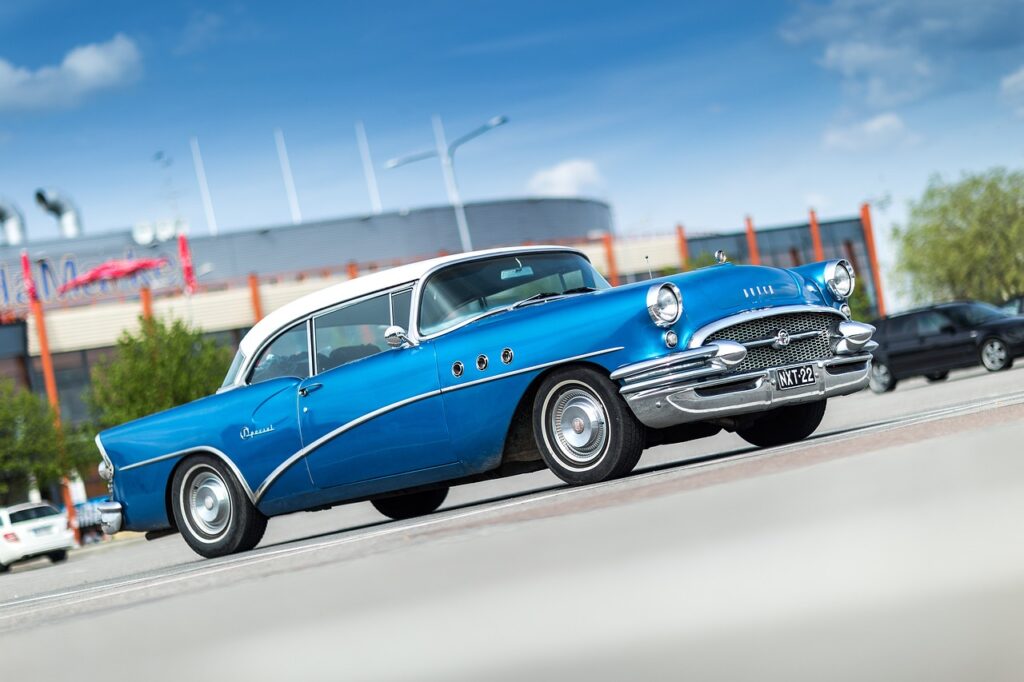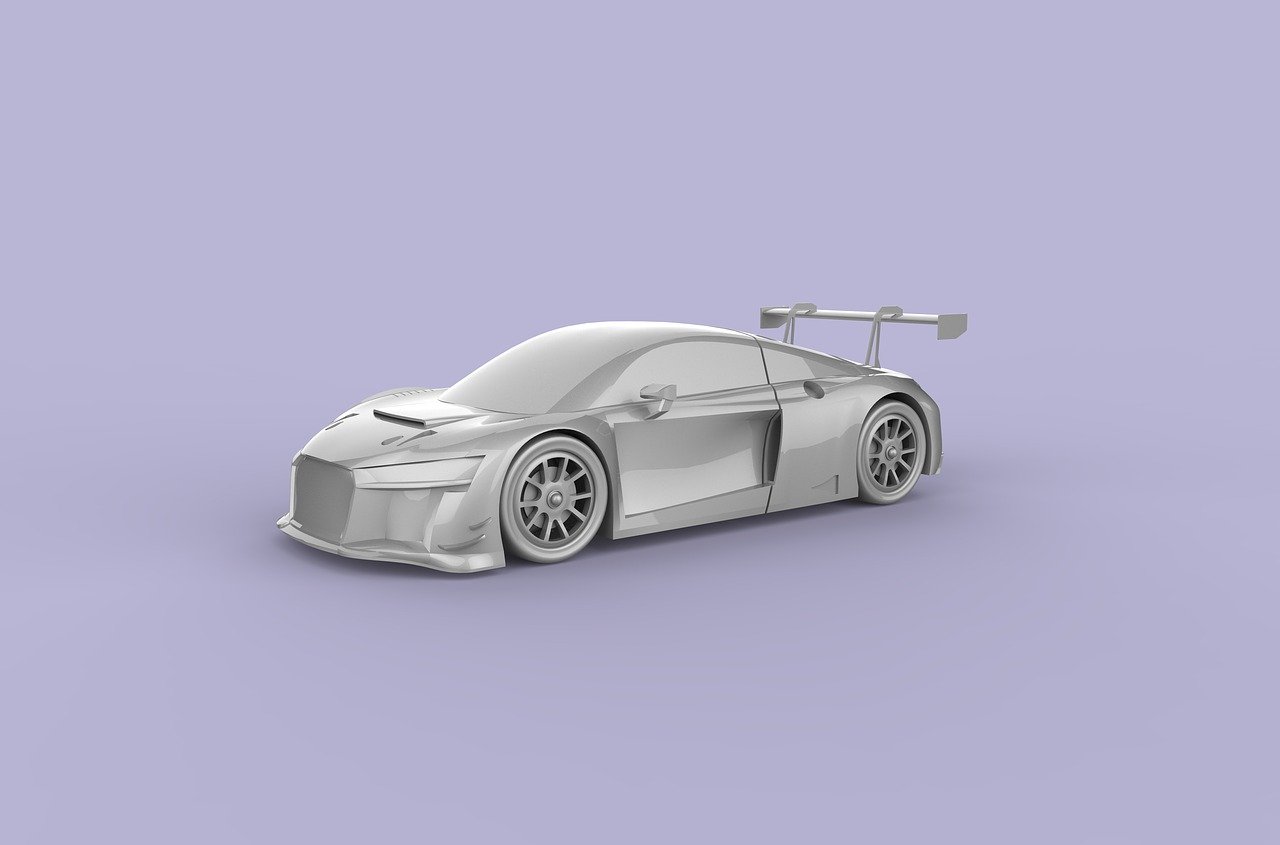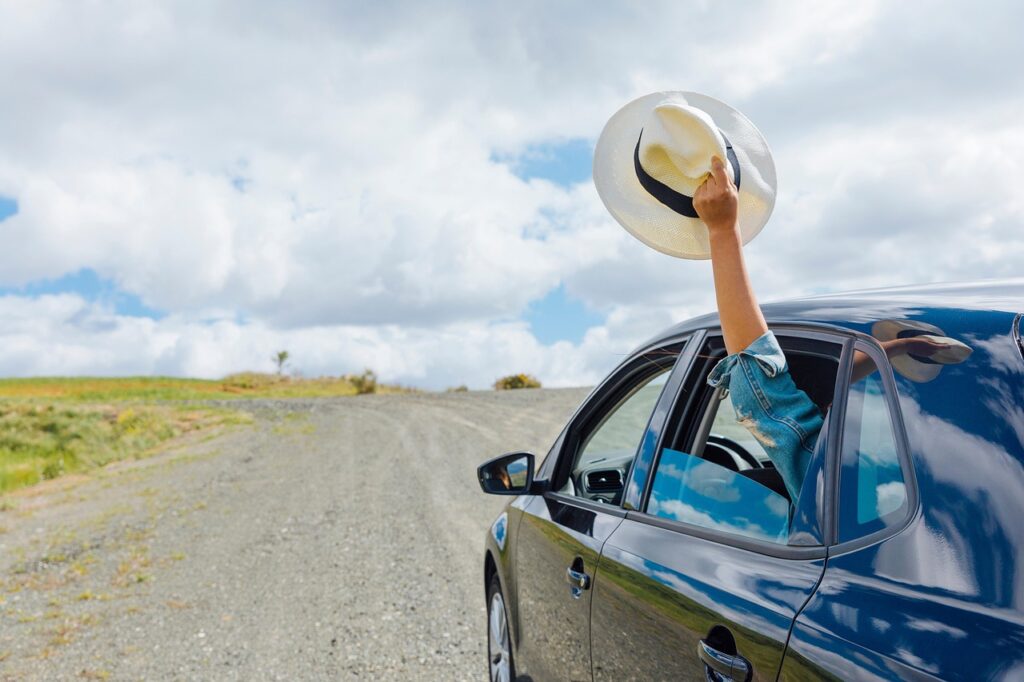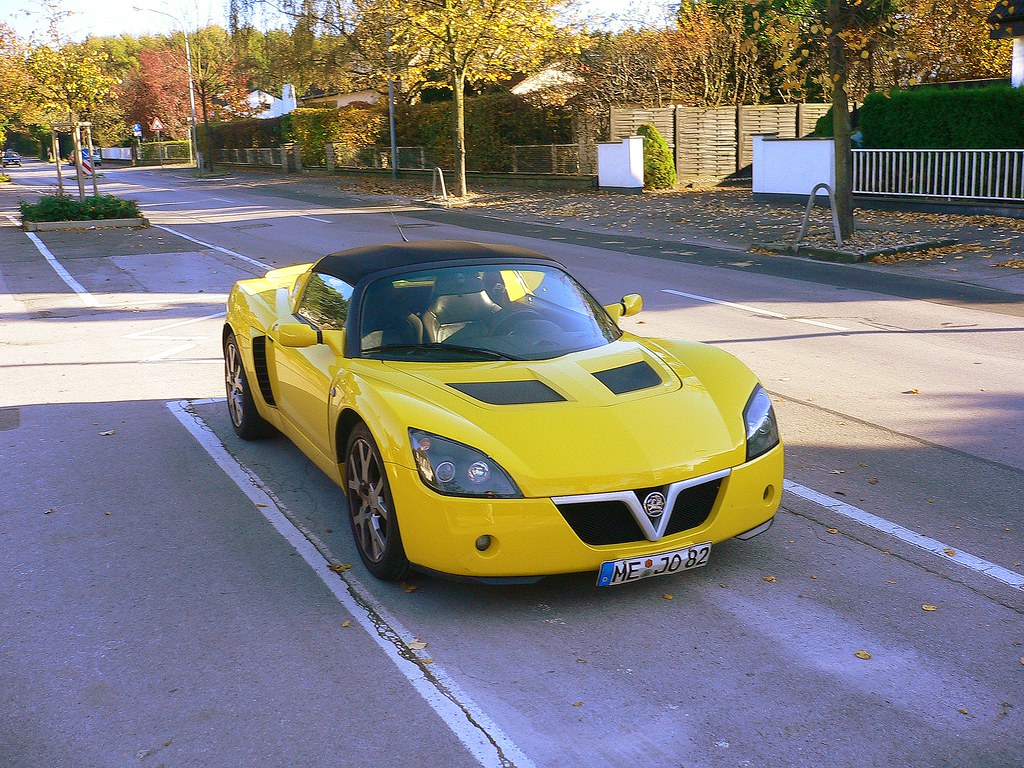The sun is shining, the birds are singing, and your car is sparkling—until you spot it. That sticky, translucent blob of tree sap clinging stubbornly to your pristine paintwork. It’s more than just an annoyance; it’s a silent, aggressive threat to your vehicle’s most important protective layer: its clear coat. Many car owners have experienced the frustration, perhaps even panic, that sets in when trying to figure out how to safely remove these tenacious invaders without causing further damage, often fearing they might make the problem worse.
This isn’t just about aesthetics; it’s about preserving the integrity and long-term value of your vehicle. Ignoring tree sap can lead to permanent damage, dulling your car’s inherent shine and potentially escalating into costly professional repairs. Fortunately, you don’t need to book an expensive appointment with a professional detailer to tackle this common problem. Armed with the right knowledge, readily available tools, and proven techniques, you can confidently restore your car’s flawless finish right in your own driveway, saving both time and money.
This in-depth guide, drawing on expert insights and established methods, will equip you with the “magical” remedy to remove tree sap completely without ever compromising your clear coat. We’re going to dive deep into understanding why sap is so harmful, what specific tools and products you’ll need, the step-by-step processes tailored for different sap conditions, and crucial prevention strategies to stop it from happening again. From fresh drips to hardened, baked-on spots, we’ll unveil the safest and most efficient approaches, ensuring your car stays showroom-fresh and protected against this pervasive natural nuisance. Get ready to transform your car-care routine and say goodbye to sap-related worries for good.
1. **Why Tree Sap Poses a Serious Threat to Your Car’s Finish (Understanding the Damage)**Tree sap might initially seem like an innocuous, natural occurrence, a minor inconvenience from parking under a leafy canopy. However, its interaction with your car’s delicate paint system is anything but harmless, posing a significant and often underestimated threat. This sticky residue is a complex concoction of organic compounds, natural acids, and sugars, which, upon contact with your vehicle’s clear coat, immediately begin an aggressive chemical reaction and bonding process that can quickly lead to irreversible damage if not addressed with urgency and precision.
The outermost transparent layer of your car’s paint system, known as the clear coat, is meticulously engineered to serve as a robust barrier. Its primary role is to protect the underlying color coat from a barrage of environmental elements, including harsh UV radiation, acid rain, and airborne contaminants. Yet, tree sap’s inherently acidic nature actively works to compromise and eventually break down this vital protective barrier. “Many tree saps contain natural acids and impurities that can wear down clear coat over time,” explains automotive experts. Over time, these corrosive acids literally “eat away” at the clear coat, creating microscopic imperfections that manifest as dull, rough spots, commonly referred to as “etching.”
This damage goes far beyond a superficial stain; it is a physical alteration of the paint surface, akin to creating tiny, shallow craters. If left unchecked, this initial bond leads to a cascade of unsightly and expensive problems. The longer the sap adheres to the paint, the deeper and more severe the damage becomes, potentially leading to noticeable discoloration, dark yellowish stains, and an overall degradation of your car’s aesthetic appeal, making even small spots highly visible.
What truly accelerates this destructive process is the sun’s relentless heat and potent UV rays. “Sunlight heats the sap, making it more viscous and bond more tightly to paint,” while “UV rays from the sun act like an oven, baking the sap into the paint.” This intensified heat dramatically hardens the sap and speeds up the chemical etching process exponentially. A fresh sap spot that might only cause minor issues over weeks in a cool garage can inflict permanent etching and discoloration in a single hot, sunny afternoon, leaving your clear coat vulnerable to fading, cracking, and ultimately, peeling, exposing the color coat underneath to further deterioration.
2. **The Essential Toolkit: What You’ll Need for Safe Sap Removal**Before embarking on your crucial tree sap removal mission, assembling the correct supplies is not just helpful—it’s absolutely paramount. Approaching this task with inappropriate tools or harsh, non-automotive chemicals can easily transform a simple inconvenience into a significant and costly paint correction nightmare. Consider this preparatory phase akin to a skilled artisan gathering their specialized instruments; precision and the right equipment are non-negotiable for a successful outcome without causing collateral damage. Having your complete toolkit organized and ready beforehand ensures a smooth, highly effective, and, most importantly, paint-safe removal process.
Your essential toolkit should always begin with an ample supply of clean, soft microfiber towels—ideally two or three. These are absolutely crucial for preventing scratches and swirl marks, as their ultra-fine, non-abrasive fibers are incredibly gentle on your delicate paintwork while being remarkably effective at lifting contaminants. “Use microfiber towels to avoid scratches,” is a consistent pro tip. Alongside these, a high-quality, pH-neutral car wash soap and a bucket of warm, clean water will form the foundational elements for your pre-cleaning and rinsing stages, ensuring that you don’t inadvertently grind existing dirt or grit into your finish while you’re working on the sap.
For the actual dissolution of the sap, specialized products are often your most reliable allies. A dedicated commercial bug and tar remover is highly recommended, as these products are specifically formulated by automotive chemical experts to dissolve sticky contaminants like sap, tar, and adhesive residues without compromising your car’s delicate clear coat. Brands like Stoner Tarminator or H.O.W SHINE SERIES Bug & Tar Remover are excellent, proven options for this task. These solutions offer a safe and targeted approach that respects the integrity of your vehicle’s finish.
Alternatively, 70% isopropyl alcohol (IPA) or a higher concentration can serve as a highly effective, widely available solution for tackling particularly tough sap spots. It’s a versatile item that many car enthusiasts keep on hand for various detailing tasks. Finally, don’t overlook practical safety and finishing touches: protective gloves are essential to shield your hands from chemicals, and perhaps most importantly, a quality car wax or paint sealant is absolutely critical for the final, non-negotiable step of paint protection after the sap has been successfully removed and the surface is clean and bare.
3. **Mastering the Prep: Why Working in the Shade and Pre-Cleaning Are Crucial**The unequivocal success of your tree sap removal efforts hinges significantly on meticulous preparation. Rushing into the process without taking a few critical preliminary steps is a remarkably common mistake that, ironically, often leads to more damage to your clear coat than the original sap stain itself. As seasoned professional detailers consistently emphasize, “a clean surface prevents you from rubbing existing dirt into your paint.” This diligent upfront effort is not merely a suggestion; it’s a fundamental principle that saves considerable time, effort, and most importantly, preserves your car’s pristine finish in the long run.
Your very first and arguably most vital preparatory step is to strategically relocate your vehicle to a shaded area. Direct sunlight and hot paint surfaces are the arch-nemesis of effective sap removal. When cleaners are applied to a hot surface, the heat causes them to evaporate too rapidly, significantly reducing their efficacy and preventing them from adequately softening the sap. Worse yet, intense heat can actually bake the sap further into the paint, making it exponentially harder to lift and increasing the risk of permanent etching. Working on a cool surface allows your chosen removal product to dwell sufficiently and fully activate its magic without premature drying, ensuring optimal softening and dissolution of the stubborn sap.
Next, it is absolutely essential to conduct a thorough pre-clean of the immediate affected area. Begin by mixing your high-quality, pH-neutral car wash soap with warm water in a clean bucket. Using one clean microfiber cloth, gently wash a roughly 1-foot-by-1-foot section around each identified sap spot. This crucial step serves to remove any loose dirt, dust, pollen, or other surface contaminants that are present. Ignoring this pre-clean means these abrasive particles could easily be dragged across your paint during the sap removal process, inadvertently causing fine scratches, unsightly swirl marks, or even deeper marring.

4. **The Isopropyl Alcohol Method: A Quick and Effective Fix for Tough Sap**When a simple wash with warm, soapy water isn’t quite cutting through the persistent stickiness of tree sap, isopropyl alcohol (IPA) emerges as a highly effective and readily available solution, particularly for tackling tougher, more dried-on residues. Widely recognized for its potent solvent properties, IPA can efficiently break down the complex chemical bonds of sap, making it pliable and allowing for its gentle, yet thorough, removal. This method is a favorite among detailing enthusiasts and is frequently employed by professionals for its speed and undeniable effectiveness, provided it’s used correctly and, crucially, sparingly.
For this technique to be truly effective and safe for your car’s paint, it’s imperative to use isopropyl alcohol with a concentration of 70% or higher. Begin by dampening a folded section of a clean, soft microfiber towel with the IPA. The key here is precise application: always apply the alcohol to the towel first, rather than directly spraying it onto the car’s paint. This technique helps you to meticulously control the amount applied and prevents overspray onto unaffected areas, which minimizes any unnecessary exposure of your clear coat to solvents.
Once the towel is appropriately dampened, gently press and hold it firmly over the sap spot for approximately 20 to 30 seconds. This specific dwelling time is absolutely critical; it allows the alcohol sufficient opportunity to penetrate and significantly soften the sap’s hardened structure, weakening its tenacious bond with the clear coat. Resist the natural urge to scrub aggressively, as this can easily lead to marring or scratching the softened paint surface. After the sap has had a chance to thoroughly soften, gently wipe it away with a clean, unused portion of your microfiber towel. Remember, IPA will strip any existing wax or sealant, so it’s vital to rinse the area thoroughly with clean water immediately after removal and to prepare the surface for re-protection. “Used sparingly and followed by a wash and wax, they are safe for modern clear coats,” is a critical reminder from experts.

5. **Leveraging Commercial Sap Removers: Specialized Solutions for Stubborn Spots**For those seeking a purpose-built solution or grappling with particularly stubborn, hardened, and baked-on tree sap, commercial bug and tar removers consistently stand out as among the safest and most effective choices available. These specialized products are meticulously formulated by automotive chemical experts with one core objective: to safely dissolve sticky contaminants like tree sap, road tar, and adhesive residues without compromising your car’s delicate and protective clear coat. They represent a harmonious blend of advanced scientific engineering and practical detailing application, offering a highly reliable and efficient method for restoring your paint to its original, blemish-free condition.
One of the most significant advantages of opting for a specialized bug and tar remover lies in its precisely tailored chemistry. Unlike many generic household solvents, these automotive-specific products are rigorously designed to be paint-safe, minimizing the risk of undesirable side effects such as discoloration, permanent hazing, or aggressive stripping of the clear coat. Brands widely trusted in the detailing community, such as Stoner Car Care’s 91154 Tarminator Tar, Sap, and Asphalt Remover Spray or H.O.W SHINE SERIES Bug & Tar Remover, serve as excellent examples of these proven and highly effective solutions. They are engineered to break down the complex organic compounds present in tree sap quickly and efficiently, making your job significantly easier and, crucially, much safer for your vehicle’s finish.
The application process for these specialized removers is typically straightforward, intuitive, and designed for maximum user-friendliness. After diligently completing your initial preparation steps, spray the product directly onto the sap spot, or onto a microfiber cloth first for enhanced control. Allow the product to “dwell” on the sap for the duration specified in the manufacturer’s instructions, commonly between 30 to 60 seconds. During this critical dwelling period, you’ll often observe the sap visibly beginning to liquefy or soften. Once softened, take a clean, unused section of your microfiber towel and gently wipe away the liquefied residue. It is absolutely essential to follow up this step with a thorough rinse of the treated area with clean water. Remember that all effective sap removers will inevitably strip away any existing waxes or sealants, so preparing to re-apply paint protection after removal is a non-negotiable step.
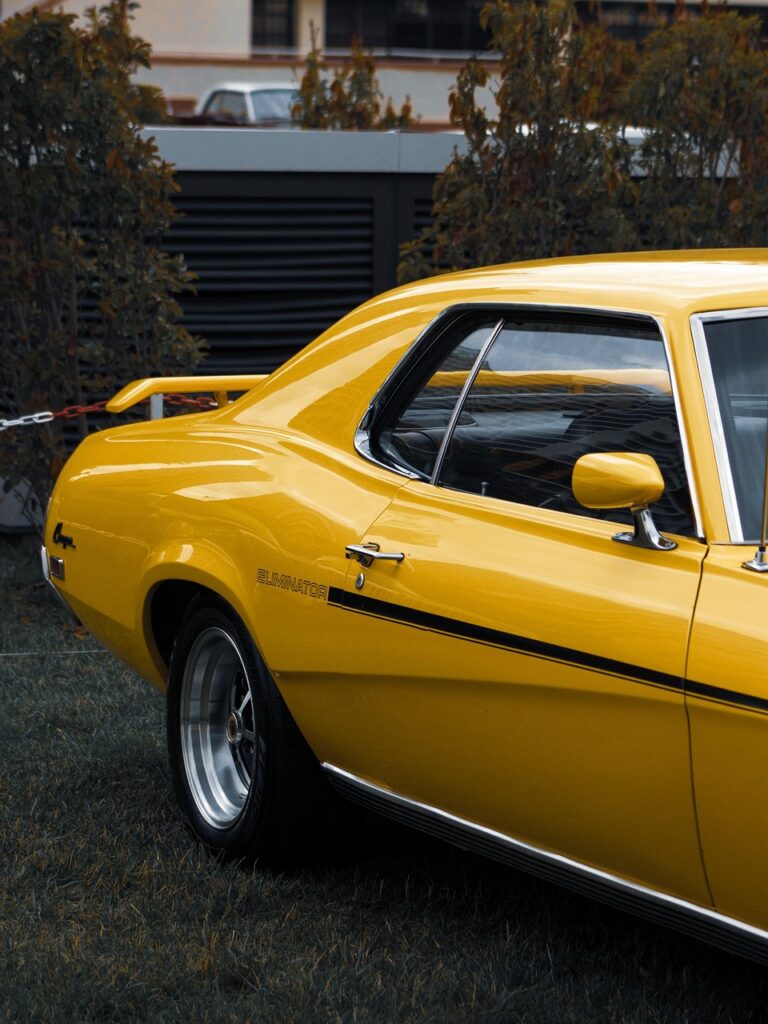
6. **The Gentle Power of Clay Bar Treatment: Restoring a Smooth, Flawless Finish**Even after successfully dissolving and meticulously wiping away the visible bulk of tree sap, microscopic residues and deeply embedded contaminants can sometimes remain on your car’s surface, leaving the paint feeling slightly rough, gritty, or textured to the touch. This is precisely where the detailing clay bar truly distinguishes itself and shines as an indispensable tool. Often overlooked by casual detailers, a clay bar is not a harsh abrasive but rather an engineered resin compound meticulously designed to safely pull out these embedded contaminants from your paint’s surface that conventional washing and even chemical removers might miss. It represents a professional-level technique that can restore an unparalleled, silky-smooth finish to your vehicle’s paintwork.
A clay bar operates through a unique, non-abrasive action. It doesn’t cut into the paint; instead, it gently abrades the surface, working to physically lift and encapsulate particles that are chemically or physically bonded to the clear coat. Think of it as a highly effective, specialized eraser for your car’s paint. This includes not just stubborn sap remnants, but also industrial fallout, microscopic brake dust, paint overspray, and various other environmental pollutants that accumulate over time. This physical removal process is incredibly effective for achieving a truly clean and smooth paint surface, preparing it perfectly for the subsequent application of wax or sealant, which will then adhere better and last longer.
To effectively utilize a clay bar after sap removal, ensure that the affected area is thoroughly clean, cool, and completely free of any loose dirt or debris. Spray a generous amount of dedicated clay lubricant onto a small section of the car where sap residue is suspected. Gently glide the clay bar back and forth over the wet surface with very light pressure. You’ll initially feel the clay “grab” or drag slightly as it encounters and removes contaminants, then become smoother. Frequently fold the clay to expose a clean, fresh side as it becomes saturated. Continue until the paint surface feels perfectly smooth. Always follow up a clay bar treatment by wiping any residual lubricant, thoroughly rinsing the area, and critically, applying a new layer of paint protection such as wax or sealant, as claying can strip existing protection. “Always re-wax after claying,” is a golden rule in detailing.
7. **Exploring Alternative Household Remedies: WD-40 and Hand Sanitizer**While specialized automotive products are often ideal, sometimes you need an immediate sap removal solution using common household items. Both WD-40 and alcohol-based hand sanitizer can be surprisingly effective emergency fixes. However, their proper application and crucial follow-up steps are paramount to ensure they clean safely without harming your car’s paint finish. These solutions leverage unique properties to break down stubborn sap.
For WD-40, spray a small amount onto a clean microfiber cloth, then gently hold it over the sap spot for about one minute. This allows the product to penetrate and soften the sticky residue. Once softened, gently wipe the sap away. Critically, immediately wash the treated area thoroughly with pH-neutral car soap and water. WD-40 leaves an oily residue that, if not removed, will attract dirt and dust, creating a new problem.
Alcohol-based hand sanitizer offers another quick fix, utilizing its high alcohol content as a solvent. Its gel formulation helps it cling to the sap spot, preventing rapid evaporation and allowing sufficient dwell time. Apply a generous dollop directly onto the sap, let it sit for up to five minutes, then gently work at the sap with a microfiber towel until it dissolves. Always rinse thoroughly with clean water afterward, as alcohol will strip existing waxes or sealants, necessitating re-protection.

8. **Advanced Strategies for Hardened Sap: Applying Gentle Heat**For exceptionally stubborn, baked-on sap spots resistant to chemical removers, careful application of gentle heat can be highly effective. The core principle is that controlled warmth softens intractable sap, weakening its tenacious bond with your clear coat. This makes it far more amenable to safe removal, but the technique demands precision and caution to prevent paint damage.
To safely use this method, employ a hair dryer or a heat gun on a low or medium setting. Maintain a consistent distance of 6 to 10 inches from the paint surface. Crucially, keep the tool moving constantly in a sweeping motion over the sap for one to two minutes. The objective is to gently warm the sap until it becomes visibly softer and more pliable, avoiding excessive heat that could scorch or blister the paint.
Once the sap has reached this softened, viscous state, it’s ready for removal. Immediately take a clean microfiber cloth dampened with a commercial bug and tar remover or isopropyl alcohol. Gently wipe away the liquefied sap. Remember this vital safety check: if the paint surface becomes too hot to comfortably touch with your bare hand, you are applying excessive heat and must allow it to cool before proceeding.
9. **The Vital Finishing Touch: Why Re-applying Wax or Sealant is Non-Negotiable**Successfully eliminating tree sap is a critical achievement, but your task remains incomplete until you address your paint’s renewed vulnerability. The absolute final, non-negotiable step is to apply a fresh layer of car wax or paint sealant to the treated area. This isn’t just a cosmetic detail; it’s a fundamental act of paint preservation that directly counters sap removal’s effects and erects a vital barrier against future environmental damage.
Any chemical product potent enough to dissolve stubborn tree sap—whether specialized remover, isopropyl alcohol, or household alternatives—will inevitably strip away existing protective layers like wax or sealant. This leaves the treated paint surface bare and exposed to harsh UV rays, corrosive acid rain, bird droppings, and, most importantly, new tree sap adhesion. Neglecting this crucial re-application leaves your meticulous cleaning efforts undone and your paint alarmingly susceptible.
Re-applying protection serves multiple indispensable functions. Primarily, it re-establishes a sacrificial barrier between your clear coat and external elements. This shield hinders future contaminants from bonding directly, providing time for subsequent cleanups and reducing permanent etching. Furthermore, quality wax or sealant enhances shine, restoring a deep gloss. Finally, it creates a slicker, less adhesive surface, making future cleaning considerably easier.

10. **Identifying and Avoiding Critical Mistakes: What Chemicals and Tools Will Permanently Damage Your Paint**
When removing tree sap, understanding what *not* to do is as crucial as knowing the correct methods. The wrong approach can inflict irreversible and costly damage. Your car’s multi-layered paint system is delicate; a single misstep can transform a minor sap issue into a significant, expensive repair. Therefore, internalizing these critical “don’ts” is paramount to safeguarding your investment.
Firstly, categorically avoid using sharp objects or highly abrasive materials. Metal razor blades, steel wool, aggressive kitchen scrubbing pads, or forceful use of fingernails will instantly gouge and scratch your clear coat. Such damage necessitates professional paint correction or repainting. Plastic razor blades can be used cautiously on *thoroughly softened* sap, but always with the lightest pressure and ample lubrication, as marring remains a high risk. Never physically abrade your paint without absolute certainty of safety.
Secondly, unequivocally steer clear of harsh household chemicals not formulated for automotive paint. Common solvents like nail polish remover (acetone), paint thinners, lacquer thinner, or gasoline are dangerously aggressive. They can literally melt the clear coat, strip underlying paint, and cause irreversible hazing or discoloration. These potent chemicals are designed for industrial tasks and are catastrophically unsuitable for delicate automotive finishes, risking total paint failure.
Finally, resist the urge to scrub aggressively. Even with a soft microfiber, excessive pressure can spread sticky residue and grind microscopic dirt particles into your paintwork. This results in fine scratches and unsightly swirl marks. Allow chemical removers and adequate dwell time to do the heavy lifting. Employ only gentle, systematic wiping motions to lift away the softened residue, preserving your finish.
11. **Building a Defense: Comprehensive Proactive Measures to Prevent Future Tree Sap Adhesion**The ultimate “magical remedy” for tree sap lies in prevention. By adopting comprehensive proactive strategies, you can drastically reduce the likelihood of sap ever adhering to your car. This saves significant time and expertly shields your paint from damaging effects. Implementing these preventative measures represents a shrewd and enduring investment in your vehicle’s long-term appearance and value.
The simplest and most immediate preventative action is strategic parking. During sap-shedding seasons, particularly throughout spring and late summer, cultivate an acute awareness of where you position your vehicle. Whenever feasible, diligently avoid parking directly under trees renowned for their sticky excretions, such as pines, maples, birches, and oaks. A minor adjustment in your parking spot can frequently obviate direct sap exposure, effectively eliminating the problem before it manifests.
Crucially, consistent application of protective coatings to your car’s paintwork forms a fundamental cornerstone of sap prevention. A durable layer of high-quality wax, sealant, or ceramic coating creates an exceptionally slick surface. This makes it exceedingly difficult for sap to bond tenaciously. Waxes (every 3-4 months) establish a sacrificial barrier. Sealants offer extended protection (6+ months). Ceramic coatings provide years of formidable, chemical-resistant protection, rendering sap removal dramatically easier and frequently preventing adhesion altogether.
Finally, never underestimate the profound efficacy of regular washing as a preventative measure. Frequent washing, ideally conducted at least every two weeks, is instrumental in removing nascent sap drips before they harden, bond irrevocably, and initiate damaging etching. A routine wash using pH-neutral car soap and ample water can often dislodge fresh sap spots effortlessly. This proactively prevents them from escalating into stubborn, baked-on problems that would otherwise demand more aggressive removal methods. This consistent maintenance is paramount for sustaining a perpetually sap-free and gleaming finish.
12. **The Paramount Importance of Swift Action: Why Tackling Sap Early Saves Your Car’s Finish and Your Wallet**
One resounding principle has consistently emerged as absolutely paramount: the critical importance of swift action when confronting tree sap on your car’s finish. This isn’t merely a suggestion; it’s a fundamental tenet of automotive paint care. It directly impacts your clear coat’s longevity and the financial burden you might face. Delaying treatment can rapidly transform a minor inconvenience into a permanent, costly repair.
The urgency stems from tree sap’s inherently aggressive nature. As explored, sap contains natural acids and sugars that initiate chemical bonding and etching with your clear coat almost immediately. While fresh sap, if removed promptly, often leaves no trace, this window of opportunity is incredibly brief. With each passing hour, especially under sunlight and heat, sap bonds more tightly, hardens, and initiates deeper, more aggressive etching into that vital protective layer.
By acting quickly—ideally within 24 hours of first noticing the sap—you capitalize on its most vulnerable state. Fresh sap is softer, its chemical bonds weaker, and it can typically be removed with gentler methods. This prompt response not only makes the removal process far easier and faster. Most crucially, it drastically reduces the risk of permanent clear coat etching, discoloration, or staining. Swift action is your premier defense against lasting damage and the most assured path to preserving your car’s showroom-fresh finish.
**Conclusion:**
Armed with the comprehensive insights and expert-backed techniques outlined in this guide, you now possess the “magical” remedy to confidently tackle any tree sap challenge. From understanding the scientific threats posed by sap to assembling the right toolkit, mastering diverse removal methods, and implementing robust prevention strategies, you’re equipped to restore and protect your vehicle’s pristine finish. Remember, the journey to a flawless, sap-free car is built on precision, patience, and proactive care. Embrace these methods, and enjoy the gleaming, protected paintwork your car truly deserves, free from the worries of nature’s stickiest adversary.

